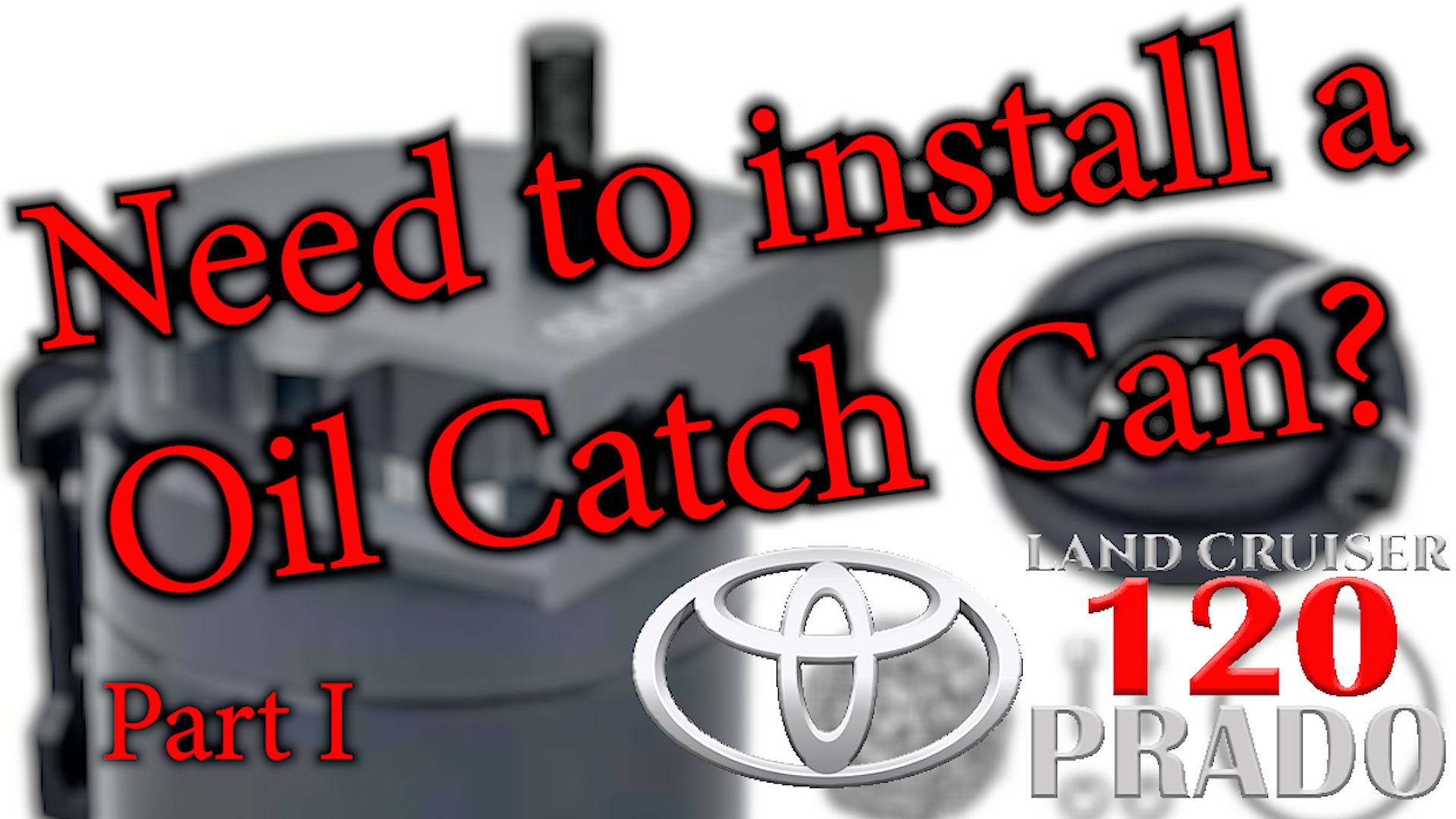Oil Catch Can ja eller nei?

En av de største utfordringene med moderne Diesel og bensin biler, er at på grunn av nye utslippskrav, så har bil fabrikkene måttet finne kreative løsninger på utslipp fra bilene. Dette er bra for den lokale forurensningen, men det har hatt flere bivirkninger! For oss som har gode gamle Land Cruiser / PRADO 120 D4D versjoner, så har vel de fleste fått med seg skrekkhistorier om EGR ventiler og inntak til motoren, som fylles om med olje og sot!? EGR ventilen må demonteres og gjøres ren. Dette er en heller utrivelig jobb. Men gjort riktig, så føles det så godt å være ferdig med det! MEN… er du ferdig med det? Nei… Man har løst et problem, men det kommer tilbake! Problemet er at bilene er utstyrt med et system som henter overskuddstrykk fra toppen av motorene. Ventilene lukker ikke 100%, og det trykket som oppstår i ventilhuset på toppen, må ledes bort! I gamle dager, så ble denne luften sluppet rett ut. Men i dag, så kan vi ikke gjøre det lengre! Løsningen ble og lede dette overtrykket tilbake i innsuget på motoren. Da er teorien at denne «luften», blir med i forbrenningen, og man ungår utslipp. Men luften vi nå sender tilbake til motoren, består også av olje damp og sot! Og hvor finner du igjen dette? Riktig i EGR ventil og innsug! En Oil Catch Can, kan da installeres på slangen som fører overskuddstrykket fra toppen, og til innsuget. Teorien er da at man vil kunne samle opp mye av oljen og sotet i en tank, i stede for i EGR og innsuget!
How To / DIY: Need to install a Oil Catch Can?
Toyota D4D Land Cruiser / PRADO 120 – HiLux ++++
Part1
The product is a purchase for my own money, and NOT SPONSORED !!!
#oilcatchcan #toyota #landcruiser #prado #lc120 #landcruiser120 #prado120
Now over 70 videos about the Toyota Land Cruiser / PRADO 120 and Lexus GX470 Stop by here for a complete overview: https://www.youtube.com/playlist?list…
One of the biggest challenges with modern diesel and petrol cars is that due to new emission requirements, car factories have had to find creative solutions to emissions from cars. This is good for the local pollution, but it has had several side effects! For those of us who have good old Land Cruiser / PRADO 120 D4D versions, most people have probably heard horror stories about EGR valves and intake for the engine, which are refilled with oil and soot !? The EGR valve must be dismantled and cleaned. This is a rather unpleasant job. But done right, it feels so good to be done with it! BUT … are you done with it? No … You have solved a problem, but it will come back! The problem is that the cars are equipped with a system that draws excess pressure from the top of the engines. The valves do not close 100%, and the pressure that arises in the valve housing at the top must be led away! In the old days, this air was released straight out. But today, we can do no more! The solution was to direct this overpressure back into the intake on the engine. Then the theory is that this «air», joins the combustion, and emissions are avoided. But the air we now send back to the engine also consists of oil, steam and soot! And where do you find this again? Correct in EGR valve and intake! An Oil Catch Can can then be installed on the hose that carries the excess pressure from the top, and to the intake. The theory is then that one will be able to collect much of the oil and soot in a tank, instead of in the EGR and the intake!
 1484
1484





